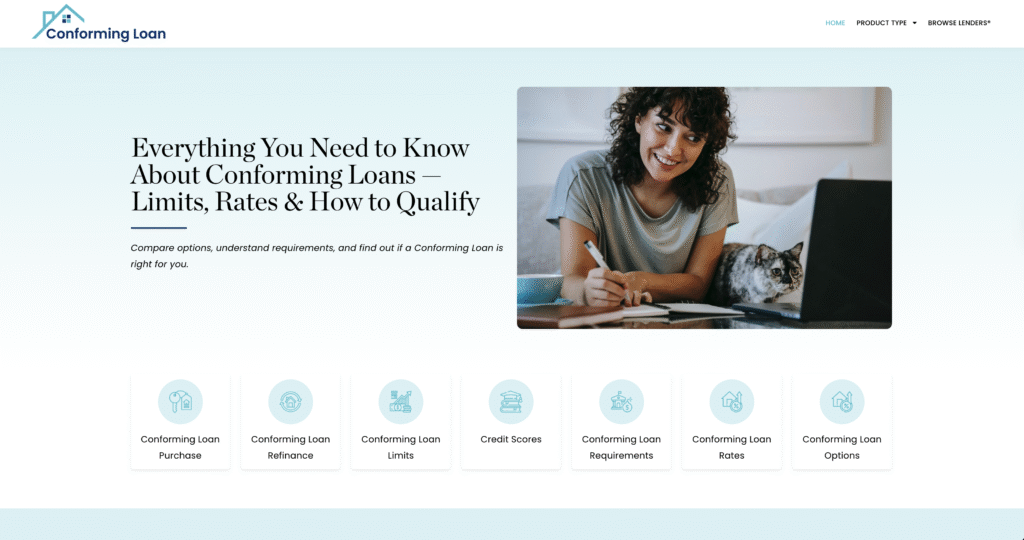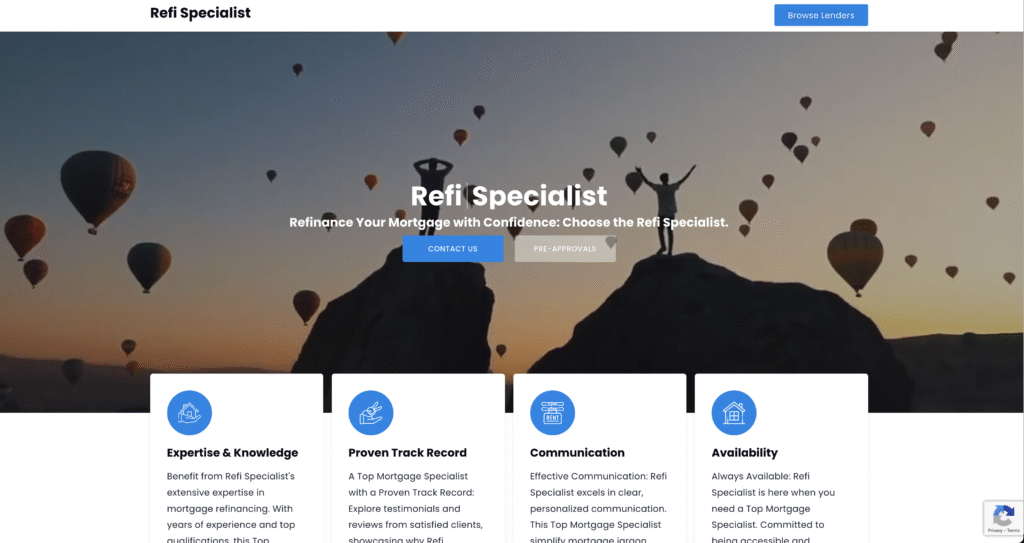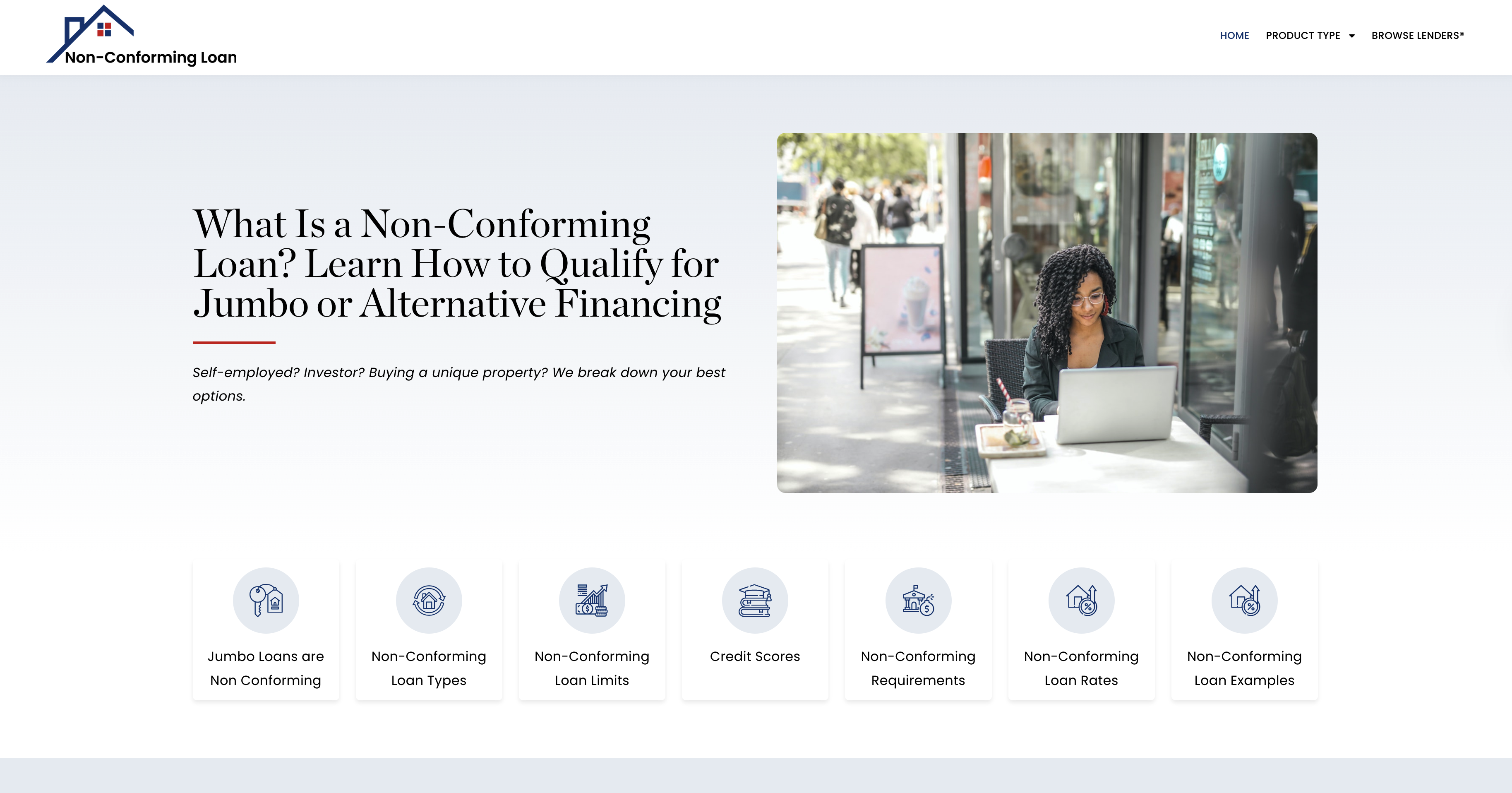Case Study: $20,000 in Interest Saved — The Power of a 700+ Middle Credit Score®
When Tyler Nguyen, a 29-year-old software engineer in Denver, Colorado, began shopping for his first home, he had a Middle Credit Score® of 682. Though this was a respectable score, Tyler knew that crossing the 700 threshold could unlock better mortgage rates, which could lead to significant savings over time. His goal was to purchase a $410,000 condo in the city’s Central Park neighborhood with 10% down and avoid unnecessary interest.
After receiving an initial interest rate offer of 6.625% based on his current score, Tyler ran the numbers and realized the total interest over 30 years would exceed $502,000. But if he could raise his score just 18 points and qualify for a 6.125% or lower rate, his total interest could drop by over $20,000.
That was all the motivation he needed.
Tyler’s Strategy for Breaking 700
- Targeted Paydowns: Tyler had two credit cards. One had a $7,000 limit with a $2,800 balance (40% utilization), and the other had a $5,000 limit with a $1,600 balance. He used $2,000 from a signing bonus to reduce both balances to under 10% utilization.
- Increased Limit Request: Simultaneously, Tyler requested credit limit increases on both cards. One issuer increased his limit from $5,000 to $8,500, further reducing his utilization percentage and improving his score.
- Review and Dispute: After pulling his credit reports from all three bureaus, he found a closed credit card from college still listed as having a balance. He disputed the item and had it corrected within 10 days.
- Goodwill Adjustment: Tyler had a late payment from 2021 on an auto loan. He contacted the lender, explained the situation (a banking error while switching checking accounts), and they agreed to remove the late notation.
- Authorized User Boost: Tyler’s brother added him as an authorized user to his long-standing credit card account, which added 12 years of history to Tyler’s credit file.
- Rapid Rescore Request: Once all updates were confirmed, Tyler worked with his lender to initiate a rapid rescore process before locking in a rate.
Results Within 30 Days
Tyler’s Middle Credit Score® jumped from 682 to 706. This allowed him to move into a better credit pricing tier and secure a 6.125% interest rate instead of 6.625%.
- Original mortgage estimate (30-year fixed): $2,363/month (principal and interest)
- New mortgage estimate: $2,231/month
- Monthly savings: $132
- Total interest saved over 30 years: $21,375
Unexpected Benefits
- He qualified for a reduced origination fee based on the improved score.
- His private mortgage insurance (PMI) premium decreased from $147/month to $109/month.
- His lower debt-to-income ratio helped streamline underwriting approval.
Post-Closing Reflections
After closing, Tyler immediately began working on an emergency savings fund using the extra monthly savings. He also automated additional principal payments to his mortgage to accelerate equity growth. Within six months, Tyler had reduced his balance enough to request a PMI removal review.
He also encouraged coworkers to run mock mortgage comparisons using their credit tiers—turning what most viewed as “just a number” into an actionable financial advantage.
Takeaway
Tyler’s case is proof that hitting a 700+ Middle Credit Score® milestone is more than symbolic—it’s financially transformative. By taking initiative, understanding his credit variables, and executing a disciplined 30-day plan, he saved over $20,000 in interest and opened the door to long-term wealth building.
If you’re close to the next credit tier, even a small jump can result in massive savings. Don’t settle for the first rate you’re offered—optimize, recheck, and act with intention.
Expanded Reflection: Tyler Nguyen’s Credit Journey in Action
Ongoing Benefits: By surpassing the 700-credit score milestone, Tyler wasn’t just rewarded with a better mortgage rate—he entered a new phase of financial confidence. With a more competitive credit profile, Tyler soon qualified for a premium travel rewards credit card with no foreign transaction fees. He used the points earned from furnishing his home to pay for his honeymoon.
Financial System Optimization:
- Tyler consolidated old student loans into a single fixed-rate option, saving another $70/month.
- His strong score enabled him to qualify for the lowest auto lease rate at his dealership, dropping his monthly payment by $119.
- He joined a credit union that offered higher interest rates on savings accounts for members with scores over 700.
Educational Impact: Recognizing how little he previously understood about credit, Tyler launched a YouTube channel that broke down key credit tips and shared his personal experience. His video “How I Saved $20,000 By Raising My Credit Score 18 Points” went viral among first-time homebuyers.
Relationship Leverage: Tyler’s now-wife also began monitoring her credit using many of the habits he’d developed. The couple implemented joint savings strategies and refinanced her high-interest student loan at a better rate using her improved score.
Automation and Long-Term Planning:
- Tyler set up automatic biweekly payments to his mortgage to shave years off the loan term.
- He used the monthly savings to begin investing in index funds and opened a Roth IRA.
- He set financial goals for the next three years: eliminate PMI, fully fund an emergency account, and save for their next real estate investment.
Community Outreach and Recognition: As word of his credit transformation spread, Tyler was asked to contribute to a local housing nonprofit’s financial education newsletter. He also began mentoring first-generation homebuyers through a city program, using his case study as a roadmap.
Summary: Tyler’s experience reflects what’s possible when borrowers take charge of their financial data and treat credit improvement as a strategic tool—not a reactionary process. From rate improvements to financial education, Tyler’s decision to chase a 700+ Middle Credit Score® didn’t just save him money—it created a ripple effect of financial empowerment.
His story reminds us that every score increase—whether it’s 18 points or 80—can translate into real financial power if timed and leveraged correctly.
Middle Credit Score® Support Center
Browse Lenders® – Speak with a Lending Expert






